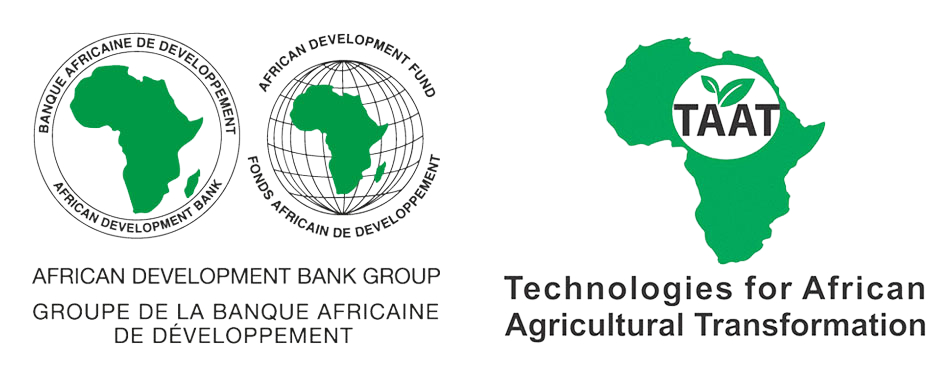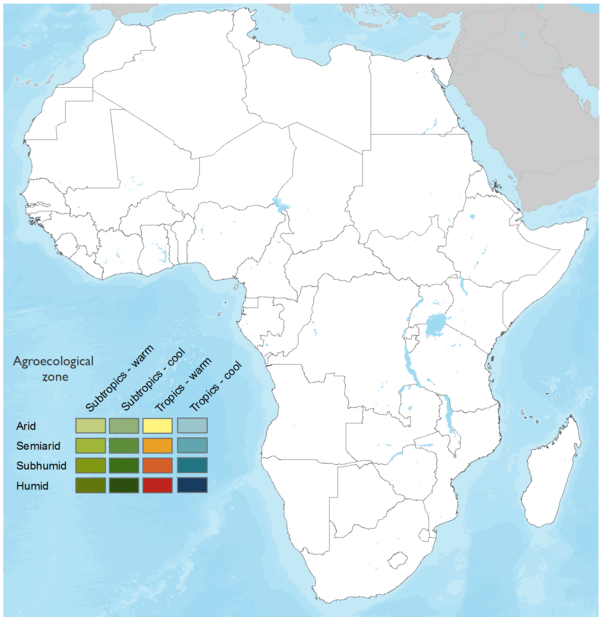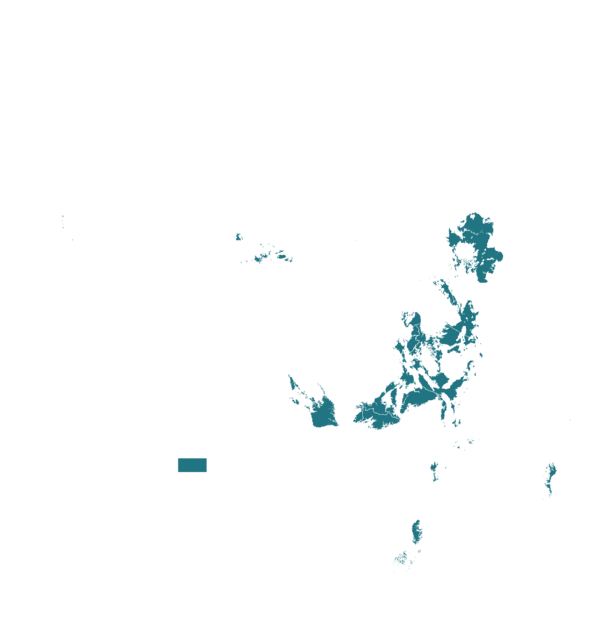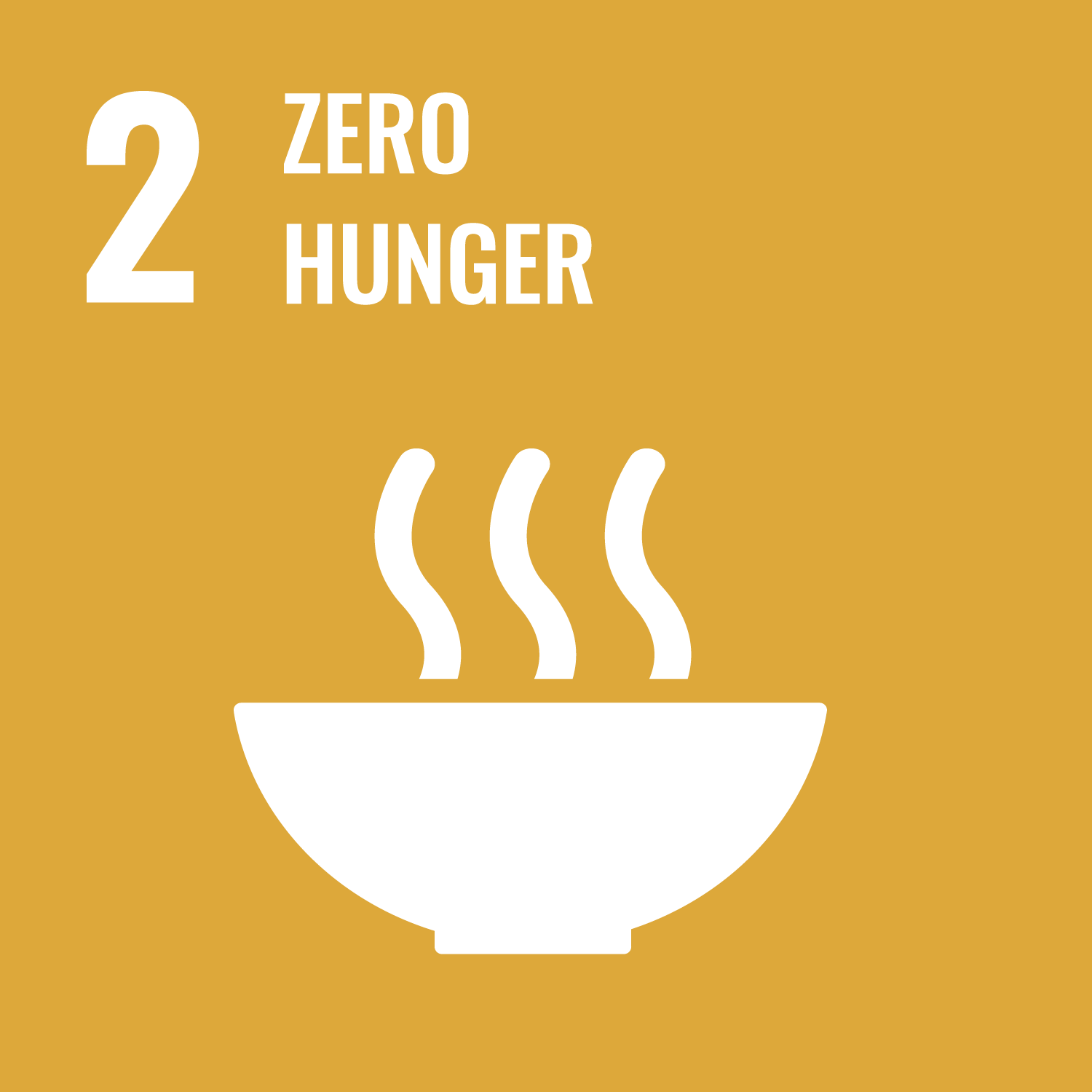

Strong Against Disease, Hot on the Market.
Developed by the World Vegetable Center, this group of long pepper varieties delivers yields of 6.8–18.01 t/ha over 10 harvests and matures in 70–85 days after transplanting (Full variety list in downloads below). These varieties offer strong resistance to major diseases such as Cucumber Mosaic Virus, Potato Virus Y, Phytophthora blight, anthracnose, and bacterial wilt—significantly reducing crop losses and pesticide reliance. These varieties' open-pollinated nature enables domestic seed production, supporting seed system sovereignty. The long, slender, moderately pungent red fruits are well-suited for both fresh consumption and processing, making it a strategic choice for national food security programs.
This technology is pre-validated.
Adults 18 and over: Positive high
Increased productivity and reduced losses lead to more reliable earnings and better livelihoods, directly enhancing the economic situation for adult family members.
The poor: Positive high
By increasing yield reliability and reducing input costs, even small-scale and resource-poor farmers can improve their standard of living and resilience.
Under 18: Positive medium
Stable, increased pepper production enhances family well-being, ensuring that children have access to better quality food and potentially more resources for education and health.
Women: Positive high
Higher yields and reduced reliance on chemical inputs can reduce labor burdens, increase profits, and improve women’s standing in the household and community.
Climate adaptability: Highly adaptable
Enhanced resilience to temperature shifts and rainfall variability helps farmers maintain productivity as climate conditions change.
Farmer climate change readiness: Significant improvement
Access to hardy, disease-resistant varieties helps farmers adapt to climate fluctuations and reduces the risk of crop failure, improving long-term livelihood security.
Biodiversity: No impact on biodiversity
The technology itself is not designed to increase plant species diversity, but lowering chemical inputs may indirectly support local ecosystems and natural predators.
Carbon footprint: A bit less carbon released
Less reliance on chemical production and transportation, and improved yields per area, may decrease overall greenhouse gas emissions per unit of produce.
Environmental health: Moderately improves environmental health
By using disease-resistant varieties, farmers can maintain productivity with fewer harmful inputs, improving overall ecosystem health.
Soil quality: Does not affect soil health and fertility
Healthier soil biodiversity and reduced chemical load help maintain long-term soil fertility and productivity.
Water use: Same amount of water used
While not a water-saving technology, healthier plants with stable yields may indirectly encourage more efficient irrigation practices, improving overall water management.
These cayenne-type varieties, developed by the World Vegetable Center, are ideal for regions affected by viral diseases and heat stress. With yields of 6.8–18.01 t/ha over 10 harvests and strong resistance to CMV, PVY, and fungal pathogens, they offer a practical solution for improving productivity, stabilizing farmer incomes, and promoting sustainable pepper systems.
The following steps should be considered when integrating these improved long pepper varieties into a project:
Days to Maturity after Transplanting
Total revenue
Open source / open access
Scaling Readiness describes how complete a technology’s development is and its ability to be scaled. It produces a score that measures a technology’s readiness along two axes: the level of maturity of the idea itself, and the level to which the technology has been used so far.
Each axis goes from 0 to 9 where 9 is the “ready-to-scale” status. For each technology profile in the e-catalogs we have documented the scaling readiness status from evidence given by the technology providers. The e-catalogs only showcase technologies for which the scaling readiness score is at least 8 for maturity of the idea and 7 for the level of use.
The graph below represents visually the scaling readiness status for this technology, you can see the label of each level by hovering your mouse cursor on the number.
Read more about scaling readiness ›
Semi-controlled environment: prototype
Used by some intended users, in the real world
| Maturity of the idea | Level of use | |||||||||
| 9 | ||||||||||
| 8 | ||||||||||
| 7 | ||||||||||
| 6 | ||||||||||
| 5 | ||||||||||
| 4 | ||||||||||
| 3 | ||||||||||
| 2 | ||||||||||
| 1 | ||||||||||
| 1 | 2 | 3 | 4 | 5 | 6 | 7 | 8 | 9 | ||
| Country | Testing ongoing | Tested | Adopted |
|---|---|---|---|
| Benin | –No ongoing testing | Tested | Adopted |
| Burkina Faso | –No ongoing testing | Tested | Adopted |
| Djibouti | –No ongoing testing | Tested | –Not adopted |
| Ethiopia | –No ongoing testing | Tested | Adopted |
| Gambia | Testing ongoing | –Not tested | –Not adopted |
| Ghana | –No ongoing testing | Tested | –Not adopted |
| Kenya | –No ongoing testing | Tested | –Not adopted |
| Mali | –No ongoing testing | Tested | Adopted |
| Nigeria | –No ongoing testing | Tested | Adopted |
| Rwanda | –No ongoing testing | Tested | –Not adopted |
| Tanzania | –No ongoing testing | Tested | –Not adopted |
| Togo | –No ongoing testing | Tested | Adopted |
This technology can be used in the colored agro-ecological zones. Any zones shown in white are not suitable for this technology.









| AEZ | Subtropic - warm | Subtropic - cool | Tropic - warm | Tropic - cool |
|---|---|---|---|---|
| Arid | – | – | – | – |
| Semiarid | – | – | ||
| Subhumid | – | – | ||
| Humid |
Source: HarvestChoice/IFPRI 2009
The United Nations Sustainable Development Goals that are applicable to this technology.

By increasing cayenne pepper yields and reducing losses due to diseases and pests, these improved varieties contribute directly to food availability and affordability. This helps ensure a more stable food supply, particularly in regions where peppers are a key part of local diets.

Women often play central roles in agriculture—growing, harvesting, processing, or marketing crops. Improved pepper varieties and related practices can enhance their productivity, income, and decision-making power. As a result, women gain greater economic independence and recognition, contributing to gender equality.

Disease-resistant, resilient pepper varieties reduce reliance on chemical inputs, lower environmental risks, and help maintain stable yields even under challenging climate conditions. By improving the ability of farming systems to cope with climate variability, these varieties support climate adaptation efforts and more sustainable use of resources.
This line can be used following the standard cultural practices in different environments. Please refer to the downloads below for more information.
For researchers interested in this line, refer to the guidelines attached for the field trial.
Last updated on 28 November 2025